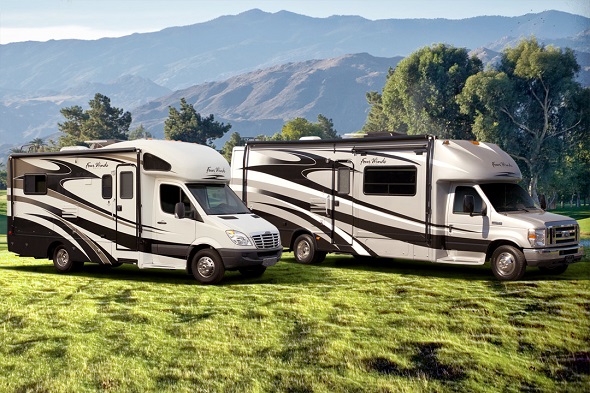A conversion project gives you the opportunity to create a bespoke touring vehicle for much less than the price you would pay for a purpose-built motorhome. It’s an exciting prospect, but it’s essential to have a clear idea of what’s possible and what’s involved on a practical level. To help you make that dream of owning a tailor-made motorhome a reality, here’s a rundown of how to plan a project from scratch.
Visualise your finished motorhome from the start
Each of the planning decisions you’ll need to make regarding your motorhome conversion should be driven by one big consideration: what do you want the end product to consist of? For this, think carefully about how the finished motorhome is going to be used. Questions to consider include the following:
What are your accommodation and storage requirements? Most obviously, you should be clear on how many people will require sleeping space. You may also have specific storage requirements; for bikes or surfboards, for instance.
Do you intend to stay at sites with few or no facilities? This will help you decide what toilet, washing and kitchen facilities you will need. It will also inform your decisions on plumbing and electrics.
Where are you likely to be touring to and at what times of the year? This will affect light, ventilation and heating aspects of the project, such as the number and type of windows and vents you will want to build into the design, the specification of your heating system and whether it’s worth investing in air conditioning.
Once you have a broad idea of all of this, you can then look at what’s possible, using what type of base vehicle and at what cost. For inspiration, a Google search for campervan conversion specialists will bring up a number of conversion kit suppliers, as well as companies that can carry out the entire job for you based on your specifications. Caravan shows are useful for finding out what these conversions are like ‘in the flesh’ – you can find a list of upcoming UK shows here.

Setting your budget: factor in the cost of outside help
For matters such as fitting seatbelts, obtaining gas safety certificates, and electrical wiring, you will need professional input. For other tasks such as fitting windows and doors and adding storage units, you may be tempted to take a DIY approach. Here, it’s important to be honest when assessing your capabilities. Taken as a whole, a typical conversion project requires lots of different skills, from fitting and joinery through to welding and knowledge of electrics and plumbing.
Remember that your end product needs to meet your original specifications, while meeting all relevant safety requirements. To avoid wasting time and money on a botch job, be clear on the areas where you will need outside help and factor this into your budget.
Choosing your base vehicle: points to consider
After you’ve worked out your accommodation, storage and facilities requirements, you can then narrow down your choice of base vehicle. Potential vehicles in the mix might include the Ford Transit, Mercedes VIto and VW T4 or T5.
Van purchase will be the single largest expense connected with the project. Matters to think about as you check e-bay, dealerships and trade sites should include the following:
Will you be using it for general transportation needs? Think about whether this will be just a motorhome or whether it will also be a car substitute. If the latter, then factors such as ease of parking and urban fuel consumption may become more relevant.
Are you comfortable with driving and maneuvering? When faced with the choice between a long or short wheel-base model, ease of manoeuvring and how confident you are at driving a larger vehicle may sway your decision.
Will it have enough power? A smaller engine size may seem adequate, but especially if you intend to venture far afield, you might struggle with uphill pulling power once it’s fully kitted out and loaded up.
As with any vehicle purchase, you’ll also need to check the service history and look for telltale signs of future problems such as rust and leaks before you commit.
Ensure legal and insurance requirements are covered
After purchase of your van but before commencing any conversion work, you must have the weight of the vehicle assessed at a weighbridge. By subtracting the current weight of the vehicle from its maximum legal weight (set out on the data plate), you can workout the maximum possible additional weight you can add to the van in terms of appliances and accessories during conversion.
After conversion, you will need to change the official categorisation of your vehicle from van to motor caravan. For this, read the DVLA guidance, Registering a DIY Motor Caravan.
It’s also vital to have the right level of insurance in place, otherwise the value of all that hard work you’ve put into creating your motorhome could be lost. Motorhome insurance specialists such as Shield Total Insurance provides precisely the level of support that owners of professionally converted panel vans and DIY self-build motorhomes need, and these policies are adaptable to the specific requirements of owners.



